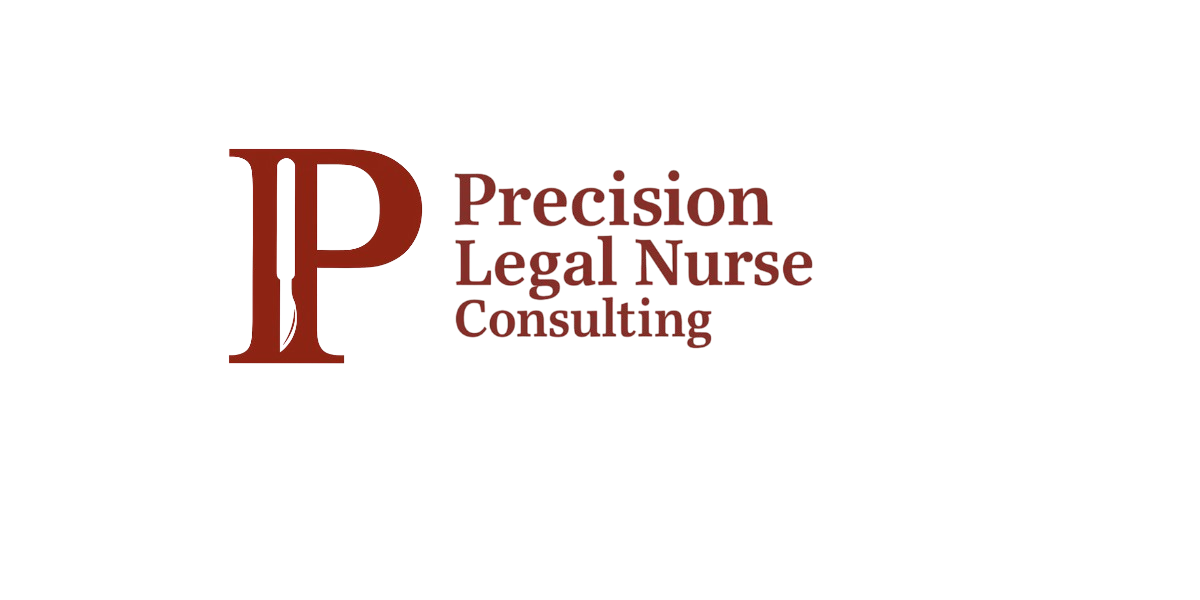Medical Chronologies and Deviation Analysis: Turning Records into a Case Map
Medical records are not written to help attorneys. They are written to document care, protect providers, and satisfy billing and regulatory requirements.
The result is familiar: thousands of pages, scattered notes, inconsistent timestamps, and a story that is almost impossible to see all at once.
Medical chronologies and deviation analysis solve that problem.
My job as a legal nurse consultant is to turn chart chaos into a clear, objective case map.
Below is how I approach this work and how firms actually use it.
What a Good Medical Chronology Really Does
A strong chronology does more than list events. It should:
Rebuild the clinical story in order
Pull critical data out of dense records
Show who did what, when, and in response to what
Make gaps, delays, and inconsistencies obvious
Tie the timeline back to the alleged injury
When I build a chronology, the attorney should be able to sit down, read a few pages, and feel like they were in the room as the care unfolded.
If a juror cannot follow the story, the case is already in trouble.
The chronology is the first step in fixing that.
How I Build a Surgical or Medical Chronology
Every case is different, but the process is consistent.
Collect the core records
Operative reports, anesthesia records, nursing flowsheets, progress notes, ED records, radiology, lab results, orders, PACU notes, and relevant policies.Anchor the key timestamps
Arrival times, triage, first abnormal vital signs, orders, meds given, procedures started and stopped, handoffs, complications, transfers, and discharge.Reconstruct the sequence of care
I align events across disciplines. For example, what the surgeon documented, what the nurse charted, and what the vital signs actually show at the same moment.Highlight inflection points
Moments where something changed: a deterioration, an ignored abnormal value, a delay in escalation, or a sudden complication.Separate noise from signal
Not every detail matters. I identify the data that actually moves liability, causation, and damages.
The output is a clean, organized chronology that an attorney, expert, or juror can follow without medical training.
What Deviation Analysis Adds
The chronology tells the story.
Deviation analysis explains where the story breaks from accepted practice.
Deviation analysis is not about throwing around the word “negligence.” It is about identifying where care did not line up with:
Standards of practice (In Idaho, you must prove “Community Standard”)
Hospital policies
Specialty guidelines
Basic nursing principles
When I perform deviation analysis, I focus on:
Assessment
Were assessments timely, complete, and appropriate for the patient’s condition?Monitoring and response
Were abnormal findings recognized and addressed? How quickly?Communication
Were concerns clearly communicated to the provider or team? Were there missed handoffs?Procedural and perioperative standards
For surgical cases, did the team follow accepted OR and perioperative standards and facility policies?Documentation
Does the chart reflect what should have happened? Are there gaps that suggest missed care or late charting?
In the written report, I link each deviation to specific record excerpts so the attorney can see exactly where the care diverged from expected practice.
How Attorneys Use Chronologies and Deviation Analysis
Firms use this work product in several ways:
Case strategy
The chronology and deviation analysis help decide how to frame the case, where the real exposure is, and which defendants matter most.Expert selection and prep
Experts do not want to dig blindly through unorganized records. A clear chronology and deviation map lets them focus on analysis instead of basic record cleanup.Depositions
Attorneys use the timeline and deviation notes to build targeted questions for nurses, physicians, and risk managers.Mediation and trial preparation
Chronologies often become the backbone for demonstratives, timelines, and jury-friendly visuals.
A good chronology and deviation report saves time at every stage of litigation and reduces the risk of missing a critical fact.
How I Keep It Clinically Sharp and Legally Clean
Two rules guide how I structure these reports:
Stay in the clinical lane
I describe what happened, how it compares to standards, and how it likely affected the patient from a medical perspective. I do not label conduct as “negligent,” “reckless,” or “illegal.” That is the attorney’s role.Write for non-medical readers
I explain technical concepts in plain language so attorneys, adjusters, and jurors can follow the reasoning without a medical degree.
The end result is a document that is useful to both the legal team and any experts they bring in.
If your firm is handling a surgical or medically complex case and needs a clear chronology and deviation analysis that cuts through the clutter, you can reach me at:
ryder@precisionlegalnurse.com
I can also provide sample work product to demonstrate how my reports have helped attorneys clarify liability, strengthen expert engagement, and prepare for litigation.
